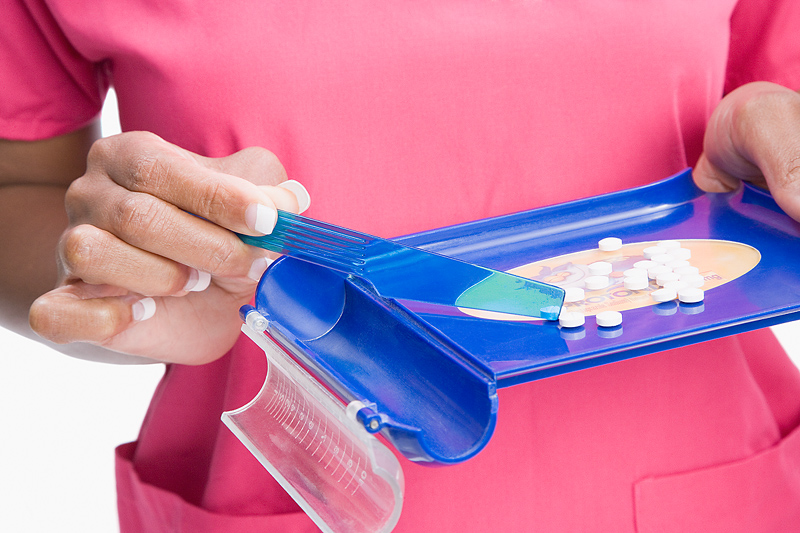
THURSDAY, March 25 (HealthDay News) — Showers and baths are potential sources of hormones, antibiotics and other medicines that pollute water, a new study shows.
Toilets are a known source of environmental pollution from active pharmaceutical ingredients (APIs), which are excreted in urine and feces. In addition, many people flush unused drugs down the toilet. APIs can make it through the disinfection process at sewage treatment plants and enter rivers, lakes and oceans. Some APIs end up in drinking water.
This study is the first to link bathing, showering and laundering with API water pollution.
“These routes may be important for certain APIs found in medications that are applied topically, which means to the skin. They include creams, lotions, ointments, gels and skin patches,” study co-author Dr. Ilene Ruhoy, director of the Institute for Environmental Medicine at Touro University in Henderson, Nev., said in a news release.
Because they are intact when they enter the environment, topical APIs can have a greater impact than APIs released in feces and urine, which have been broken down by the liver and kidneys.
For this study, the researchers reviewed hundreds of studies on the metabolism and use of medications. The findings were to be presented Thursday at the American Chemical Society annual meeting in San Francisco.
“We need to be more aware of how our use of pharmaceuticals can have unwanted environmental effects,” Ruhoy said. “Identifying the major pathways in which APIs enter the environment is an important step toward the goal of minimizing their environmental impact.”
More information
The U.S. Environmental Protection Agency explains what you can do at home to reduce water pollution.

